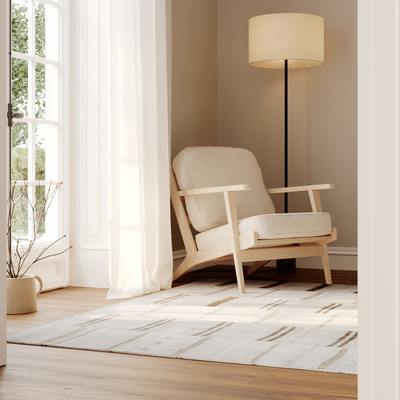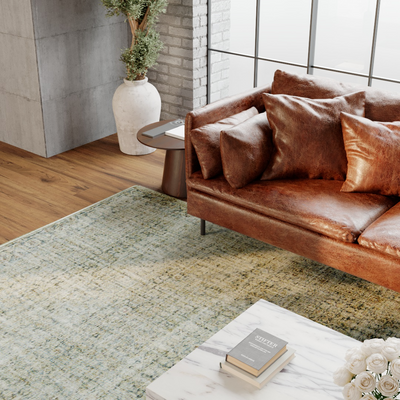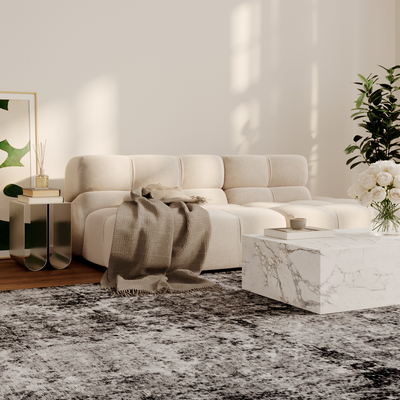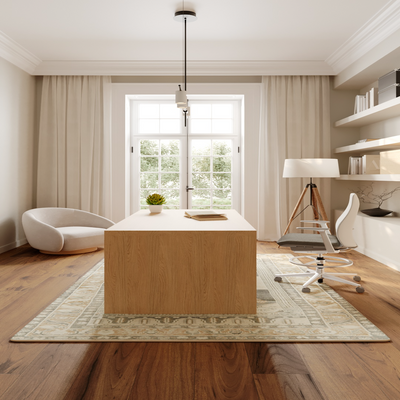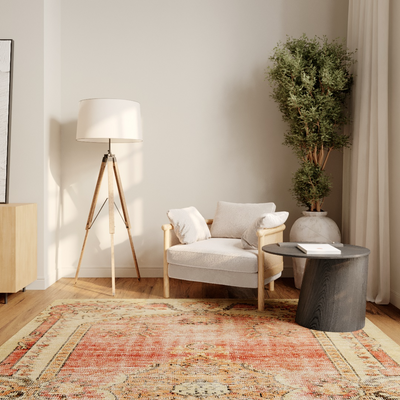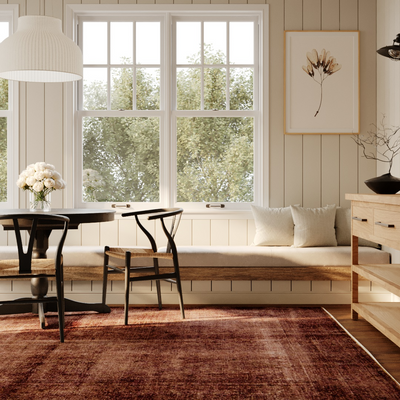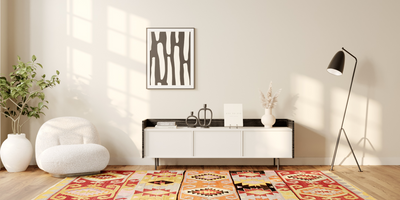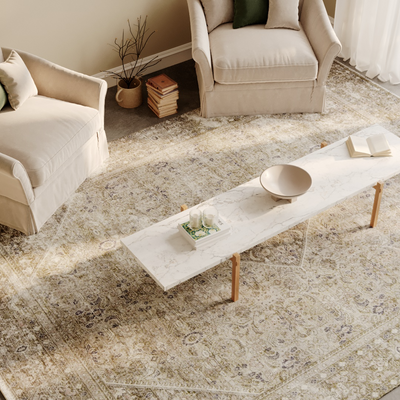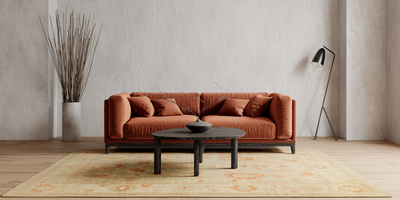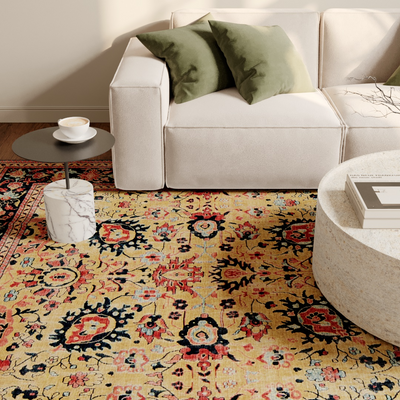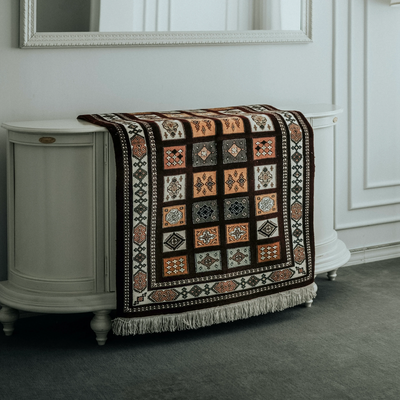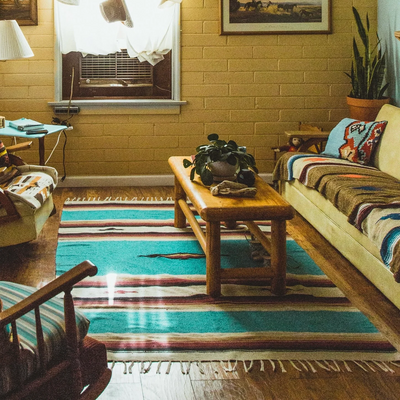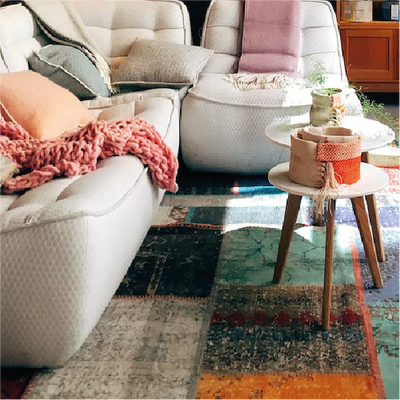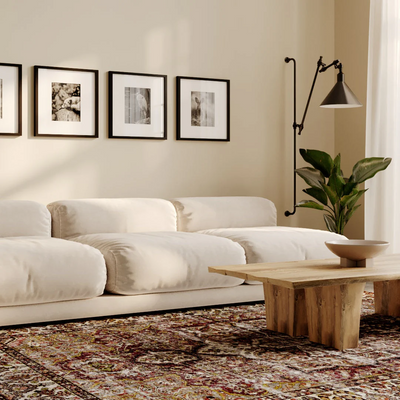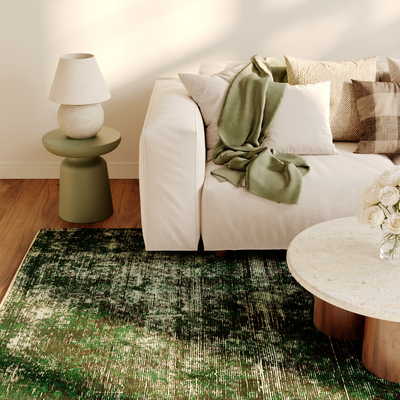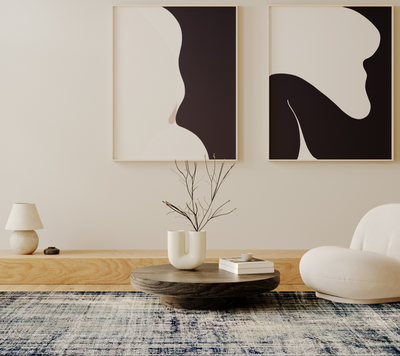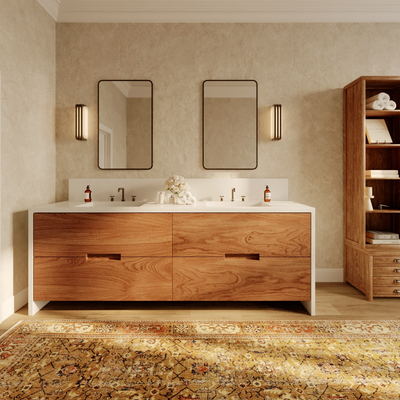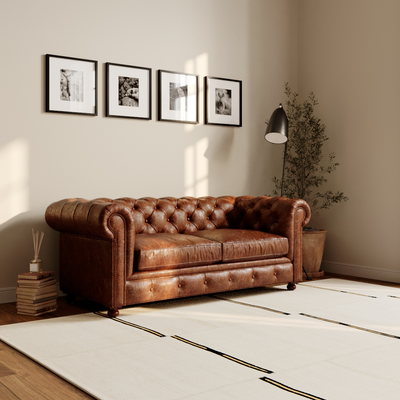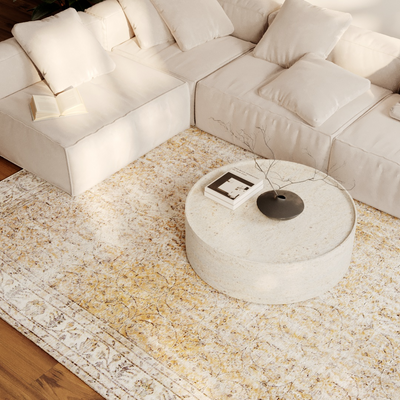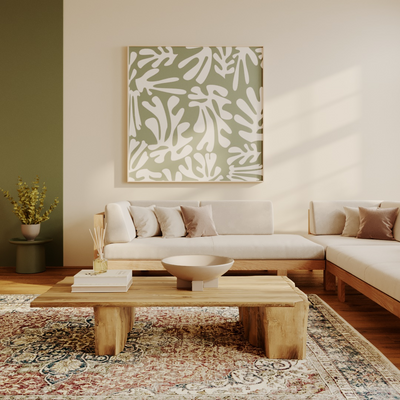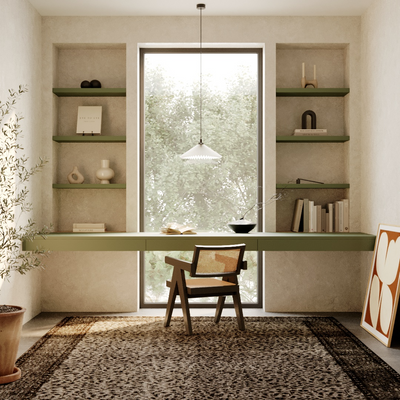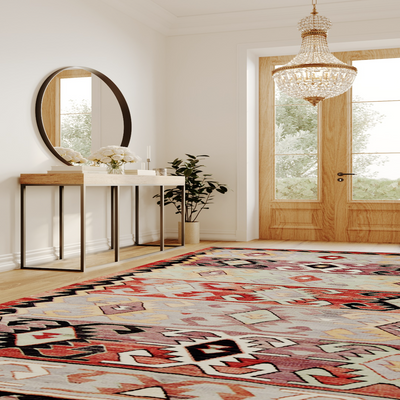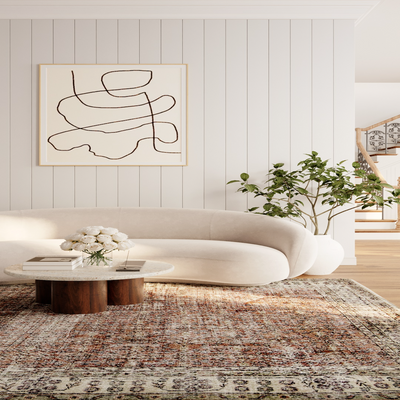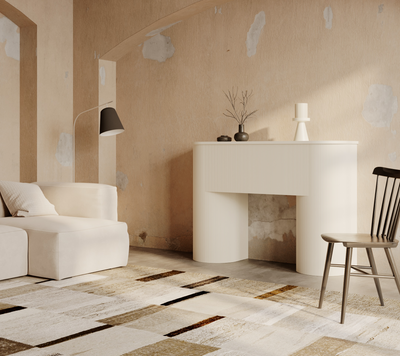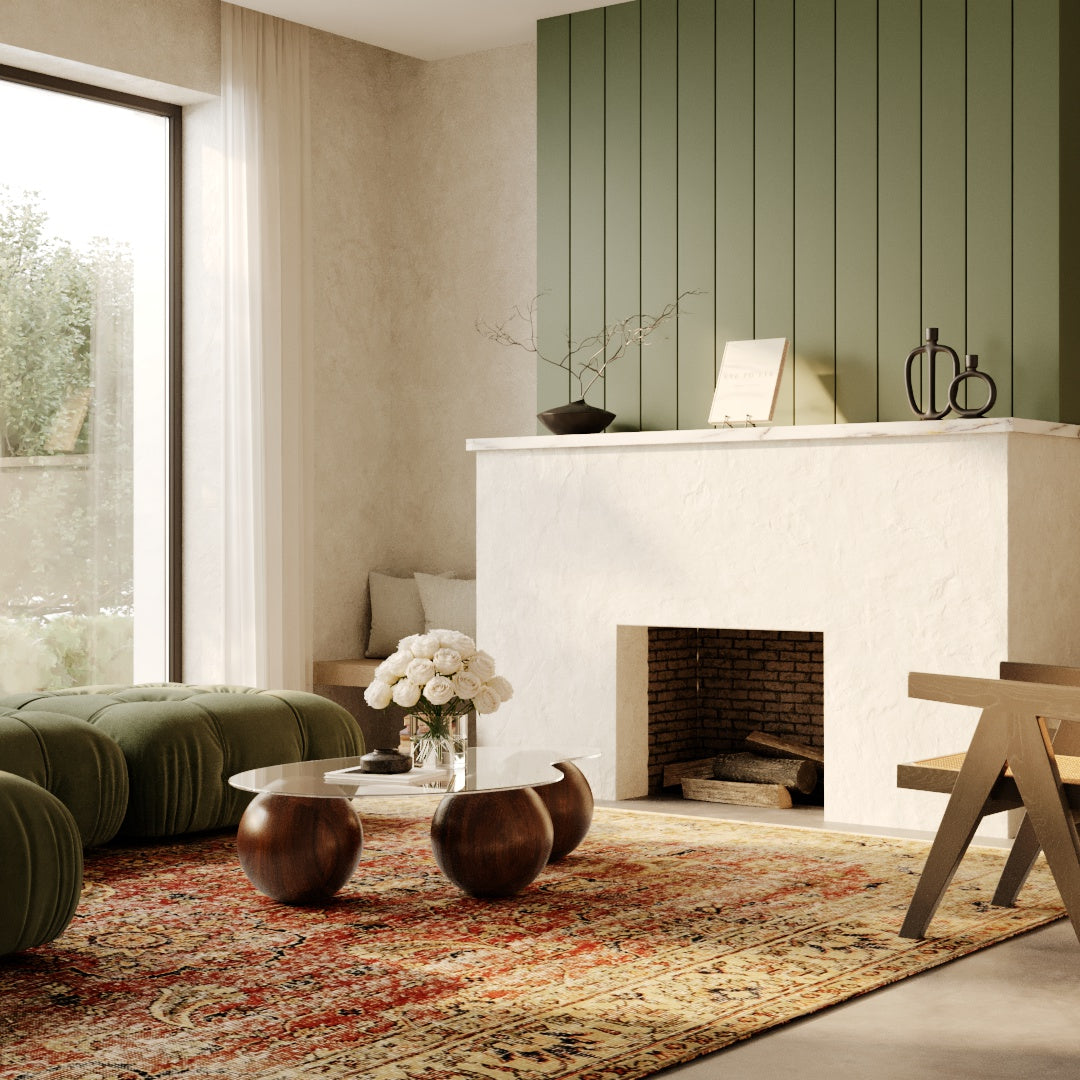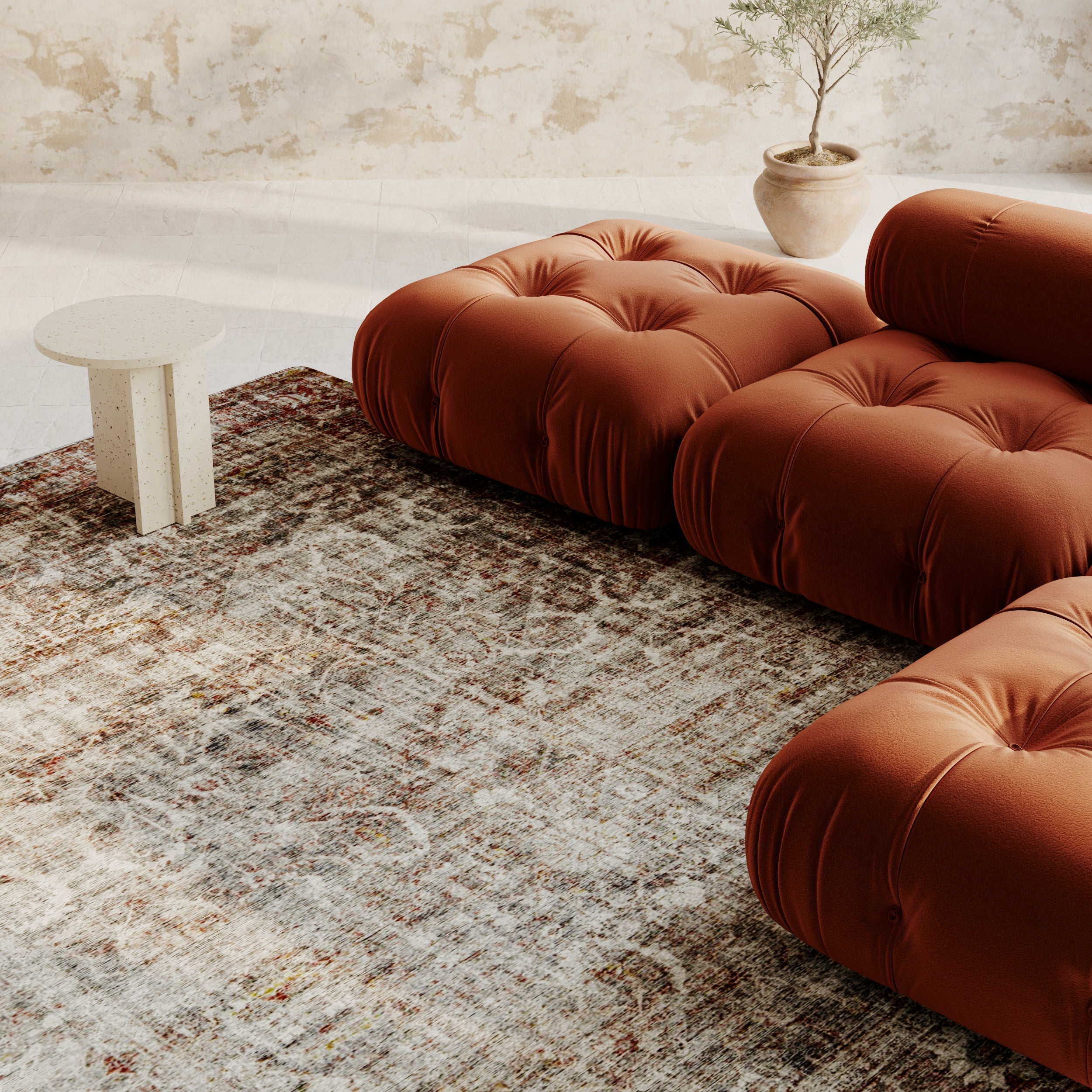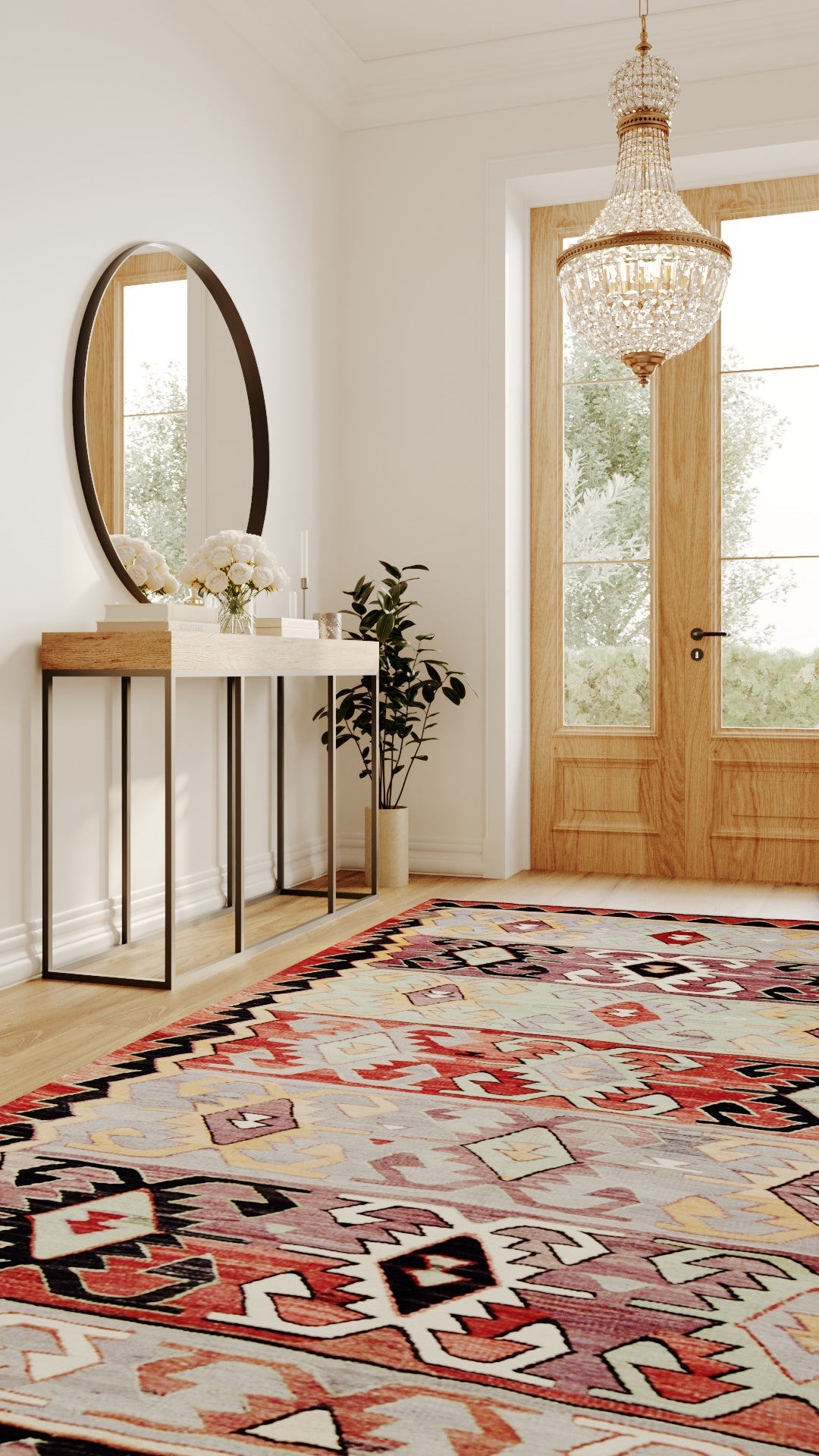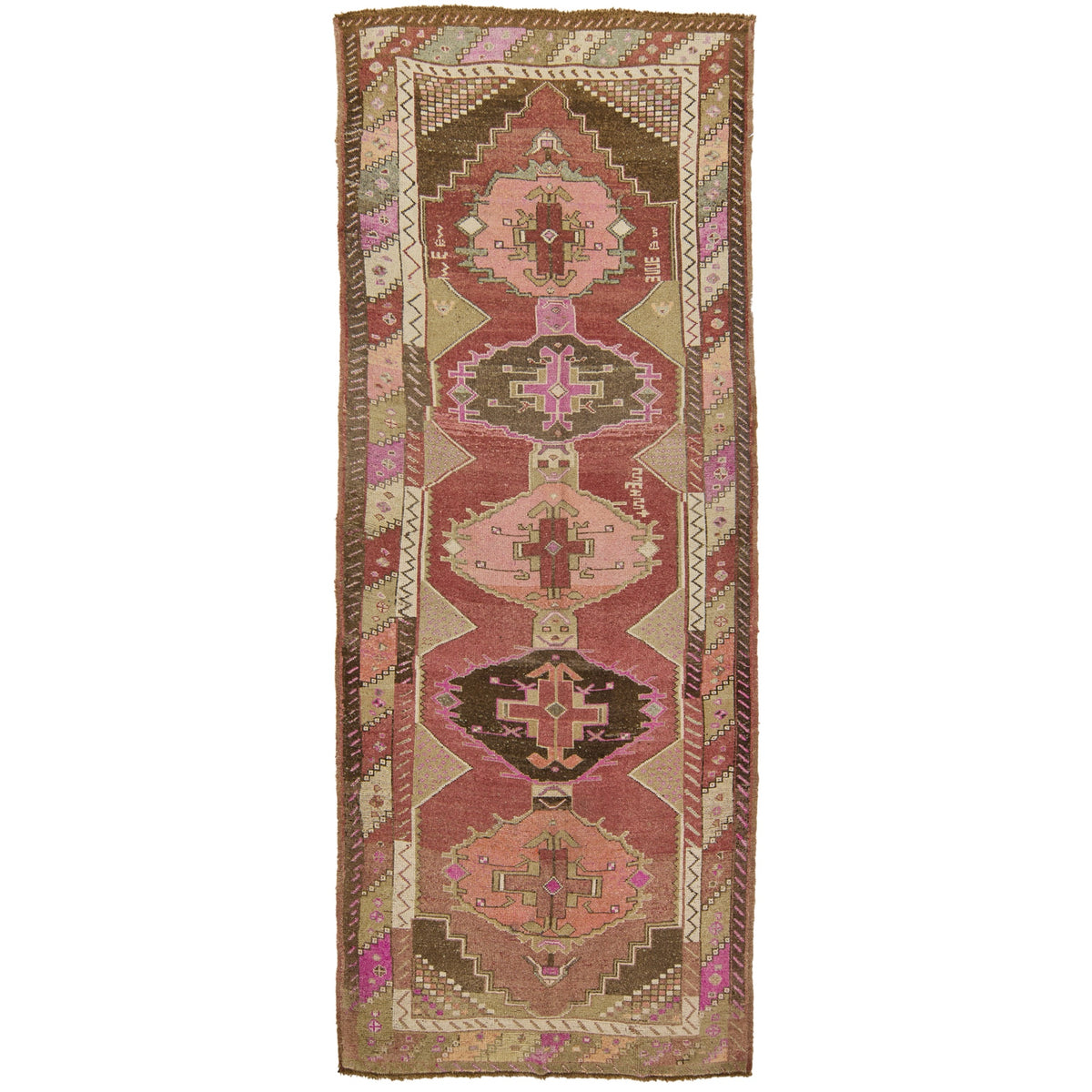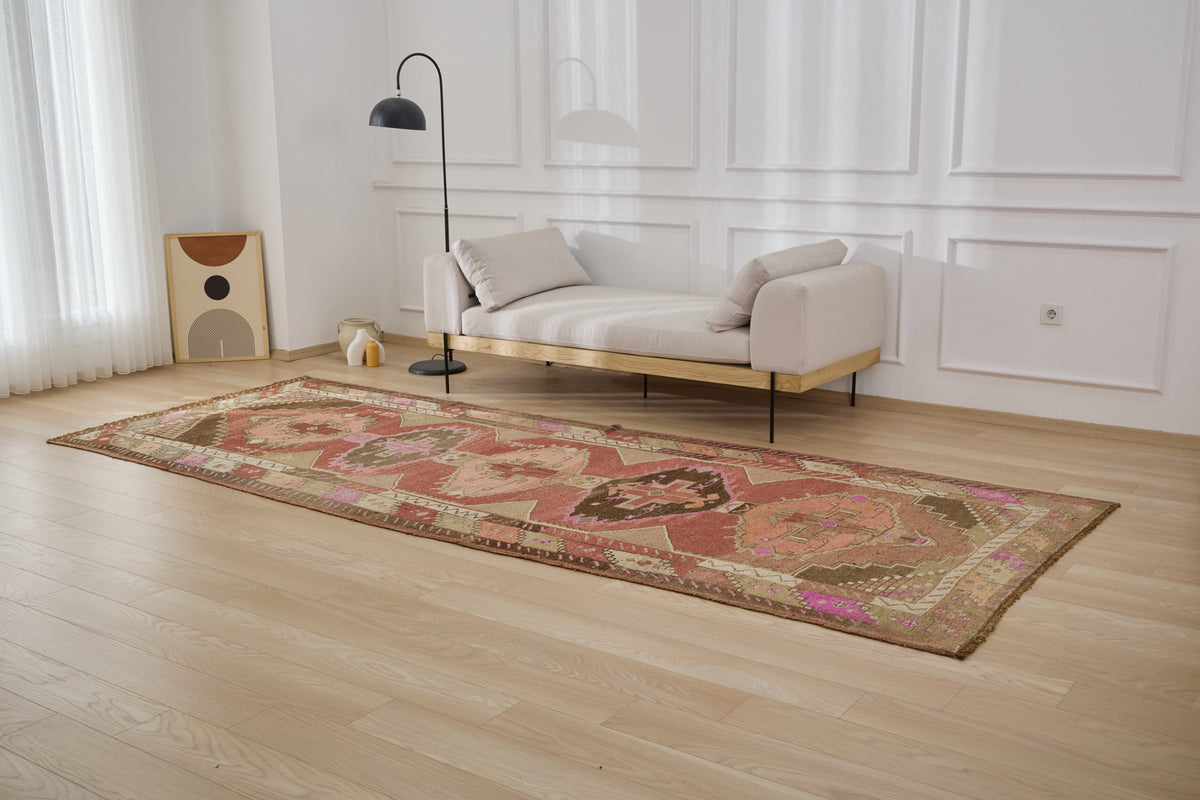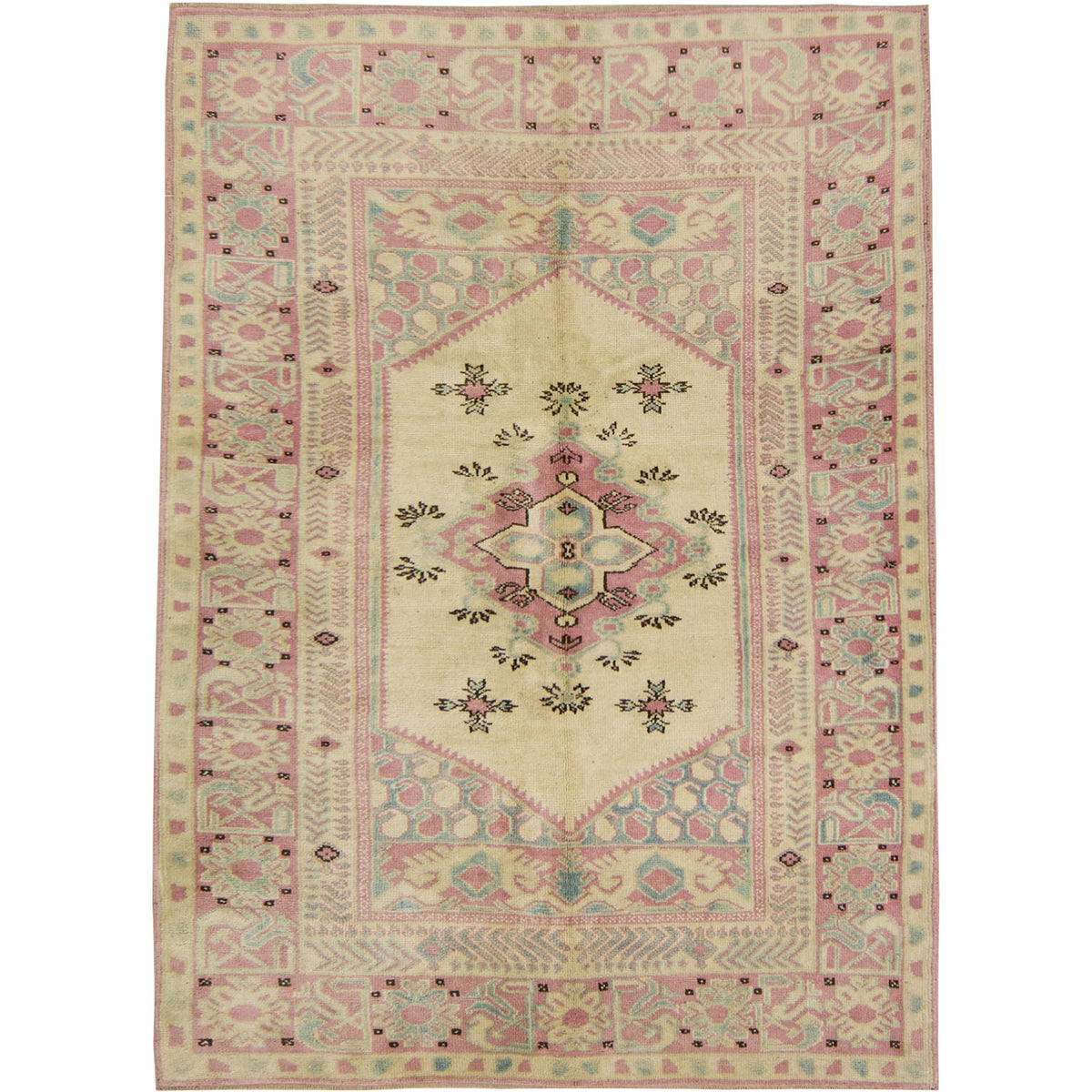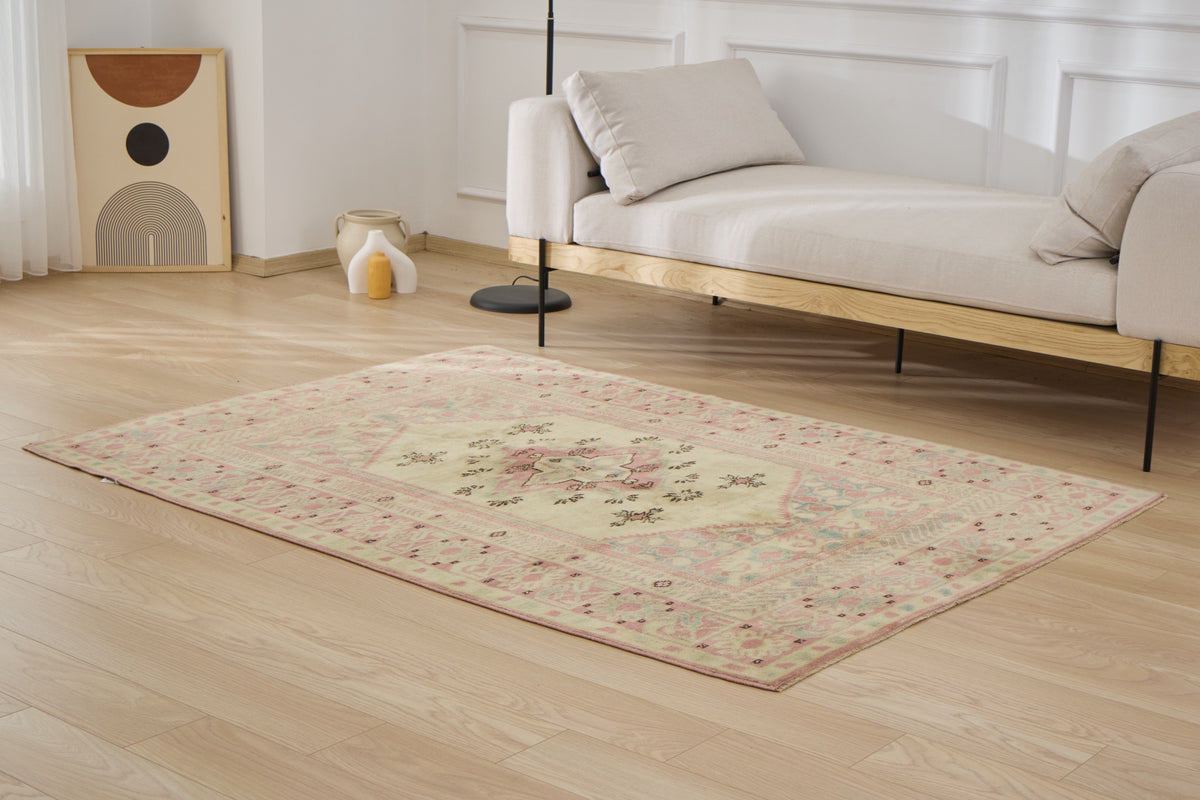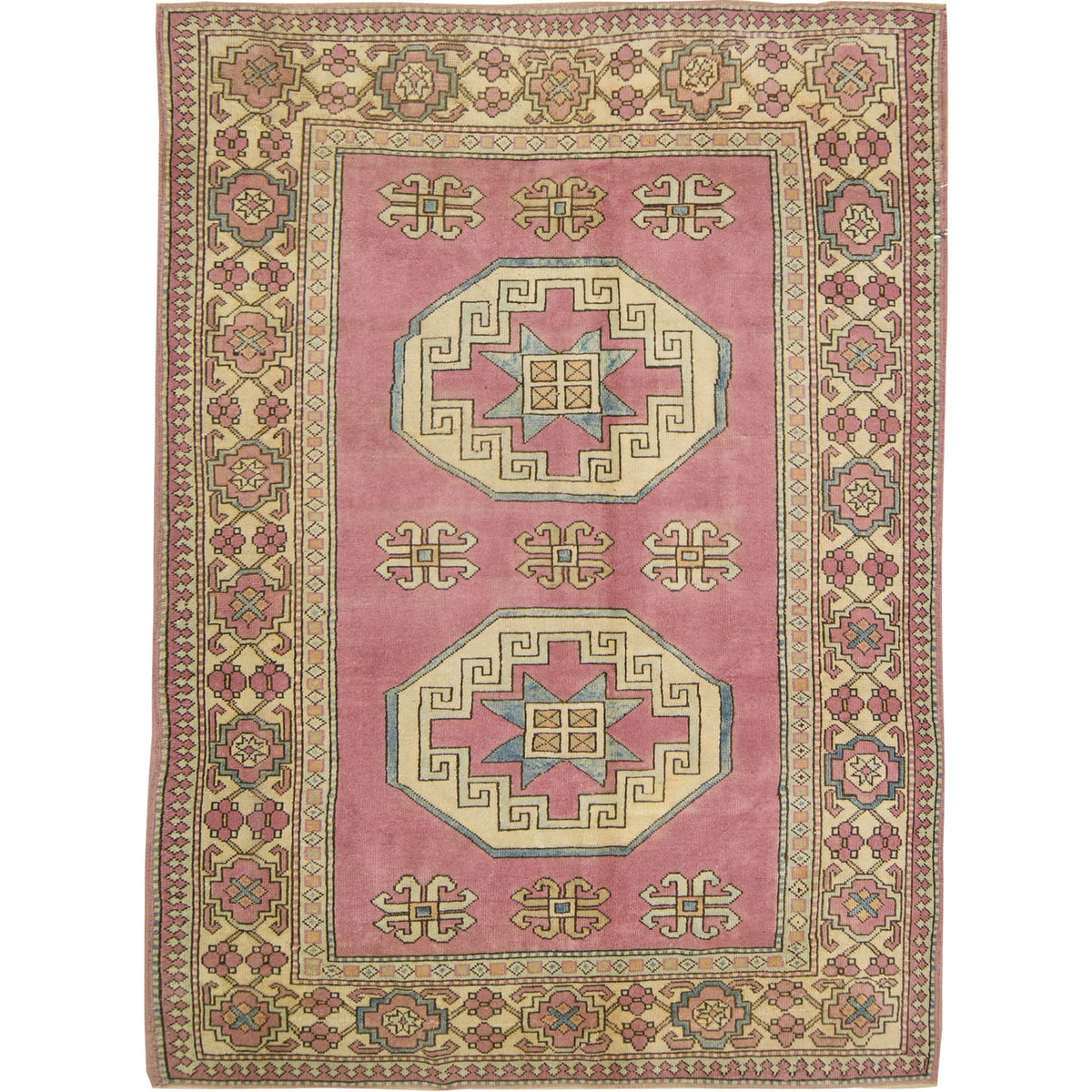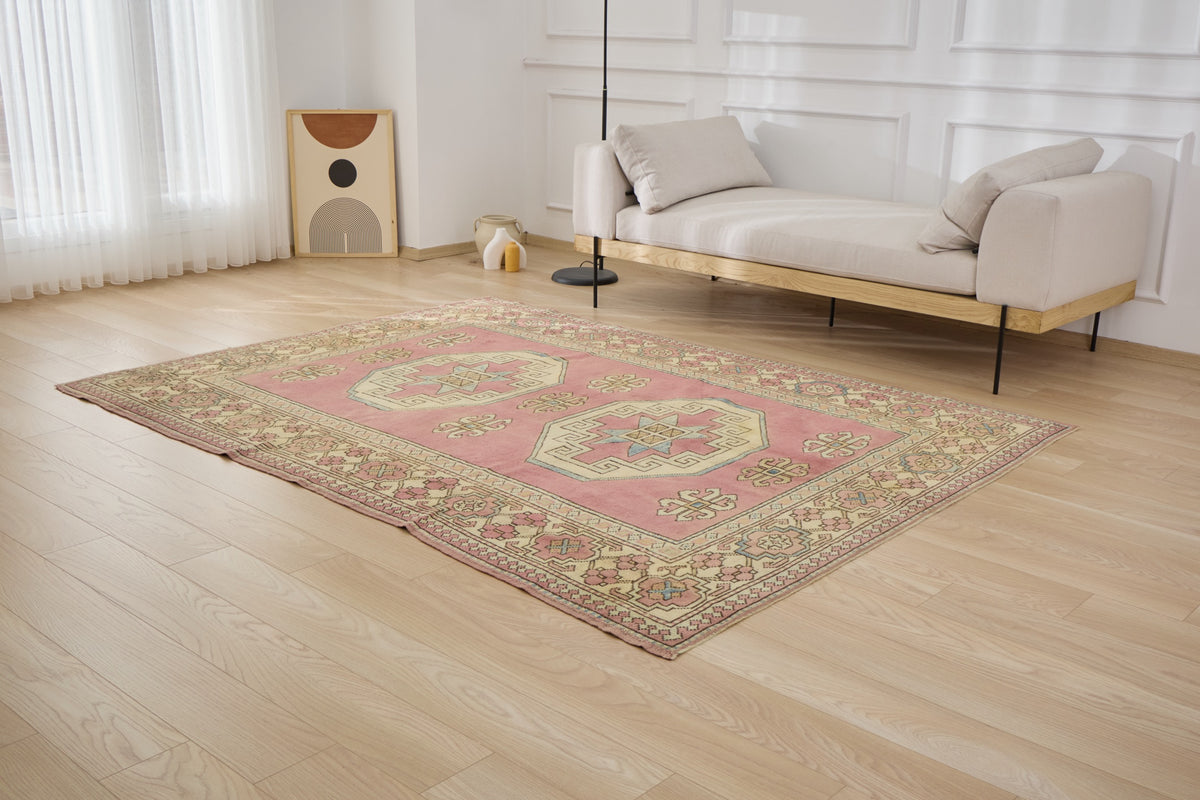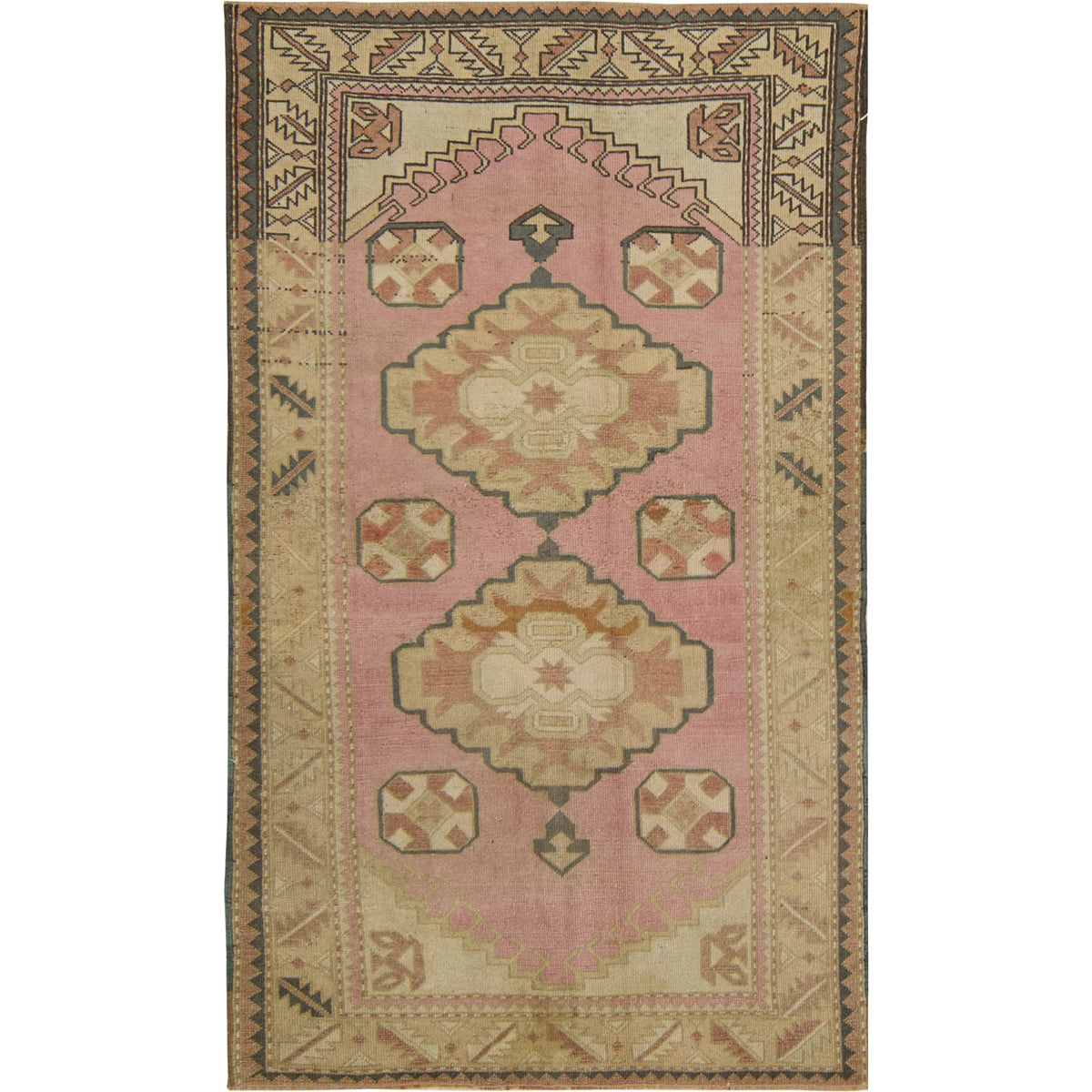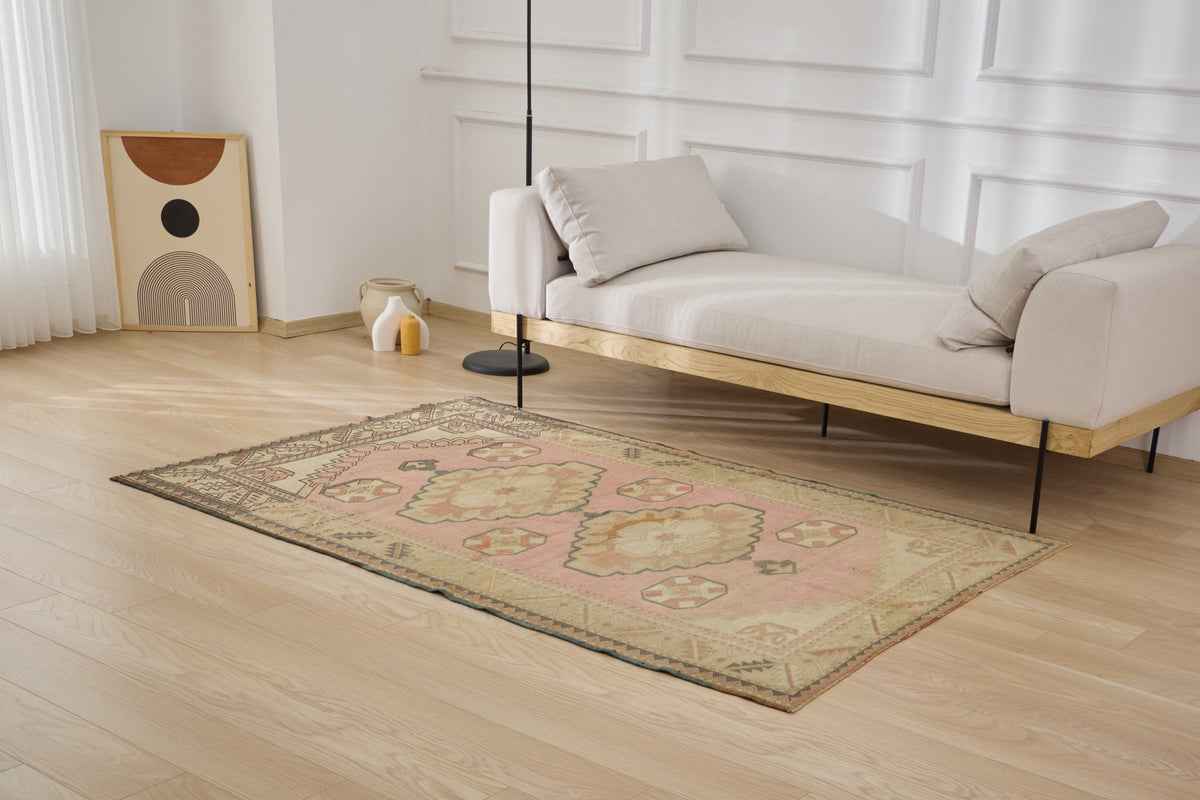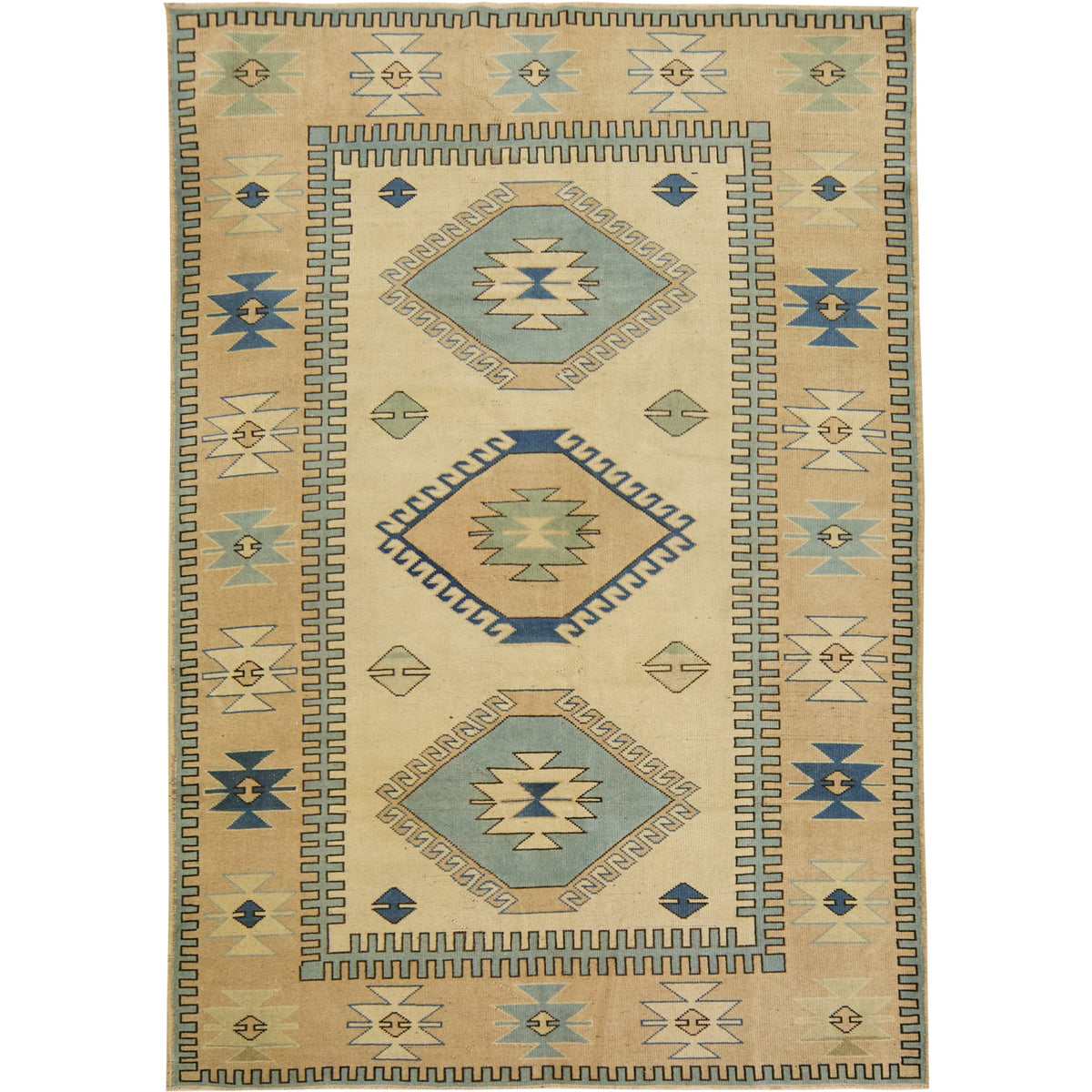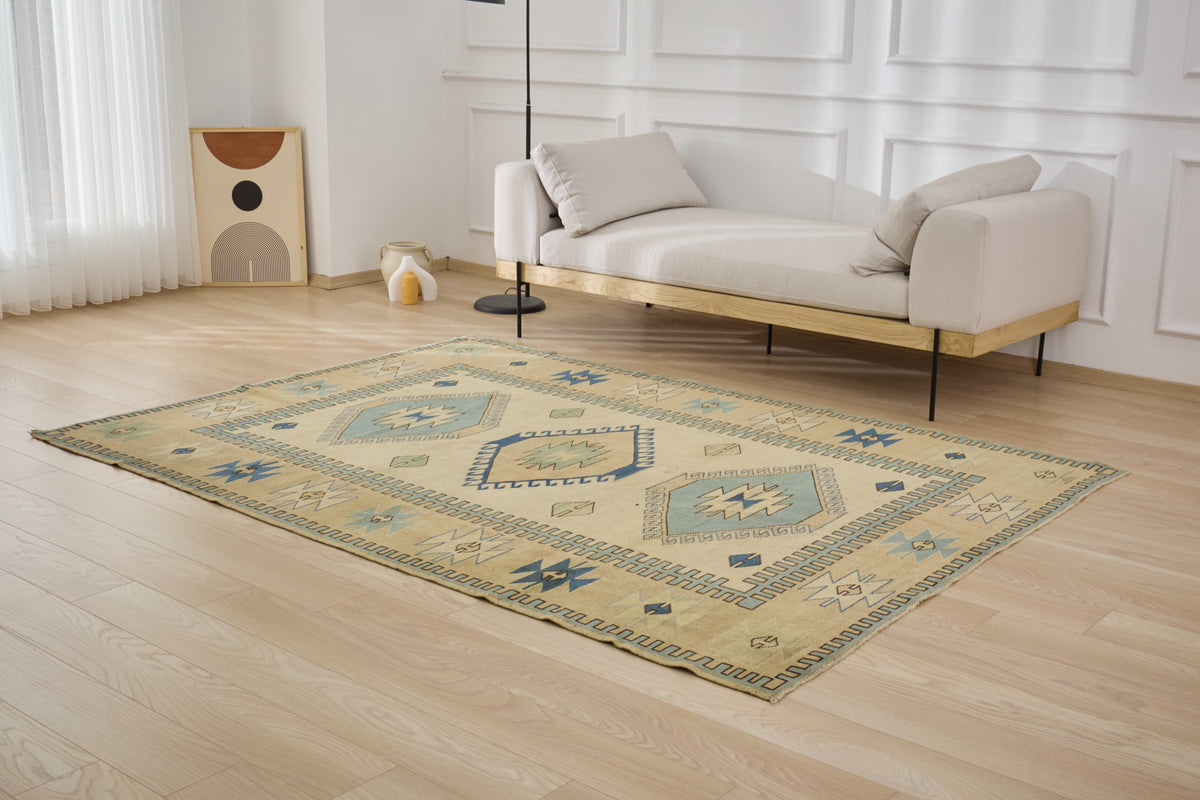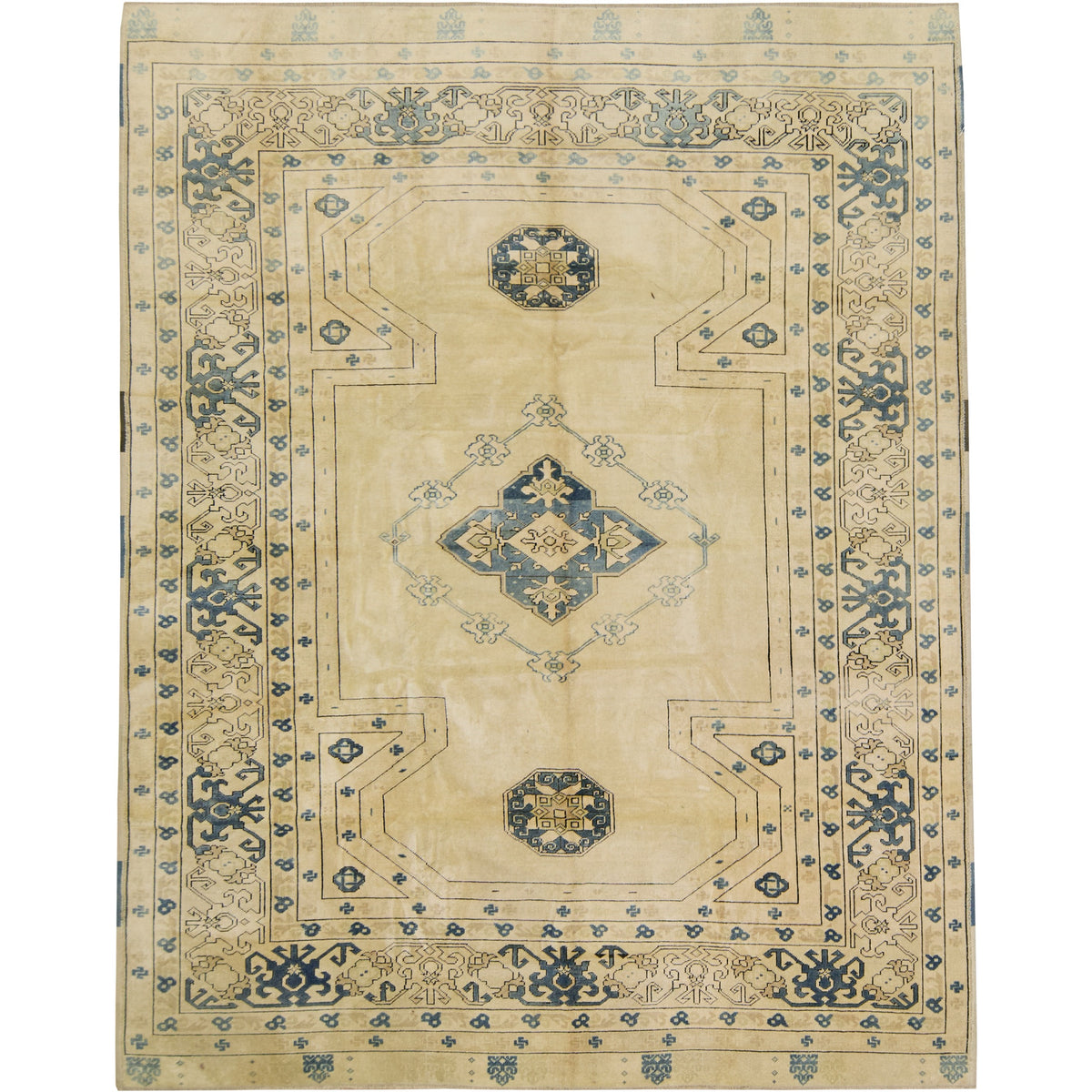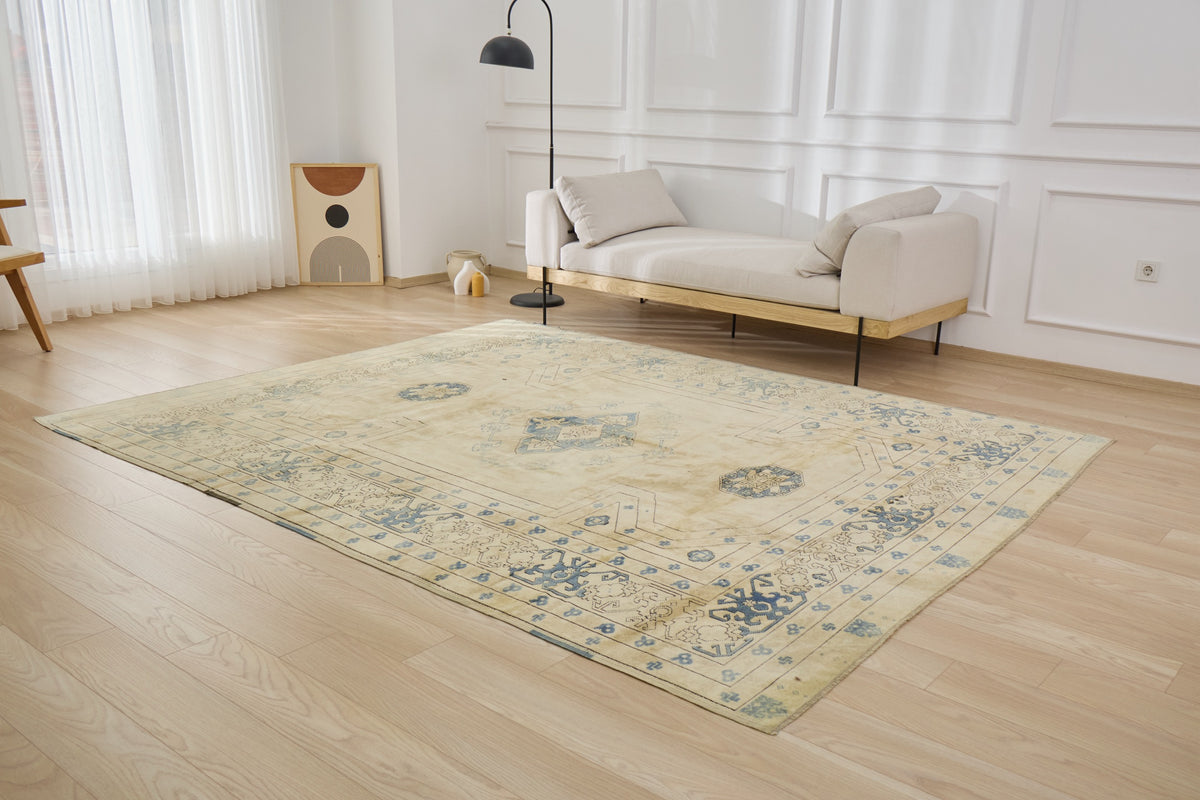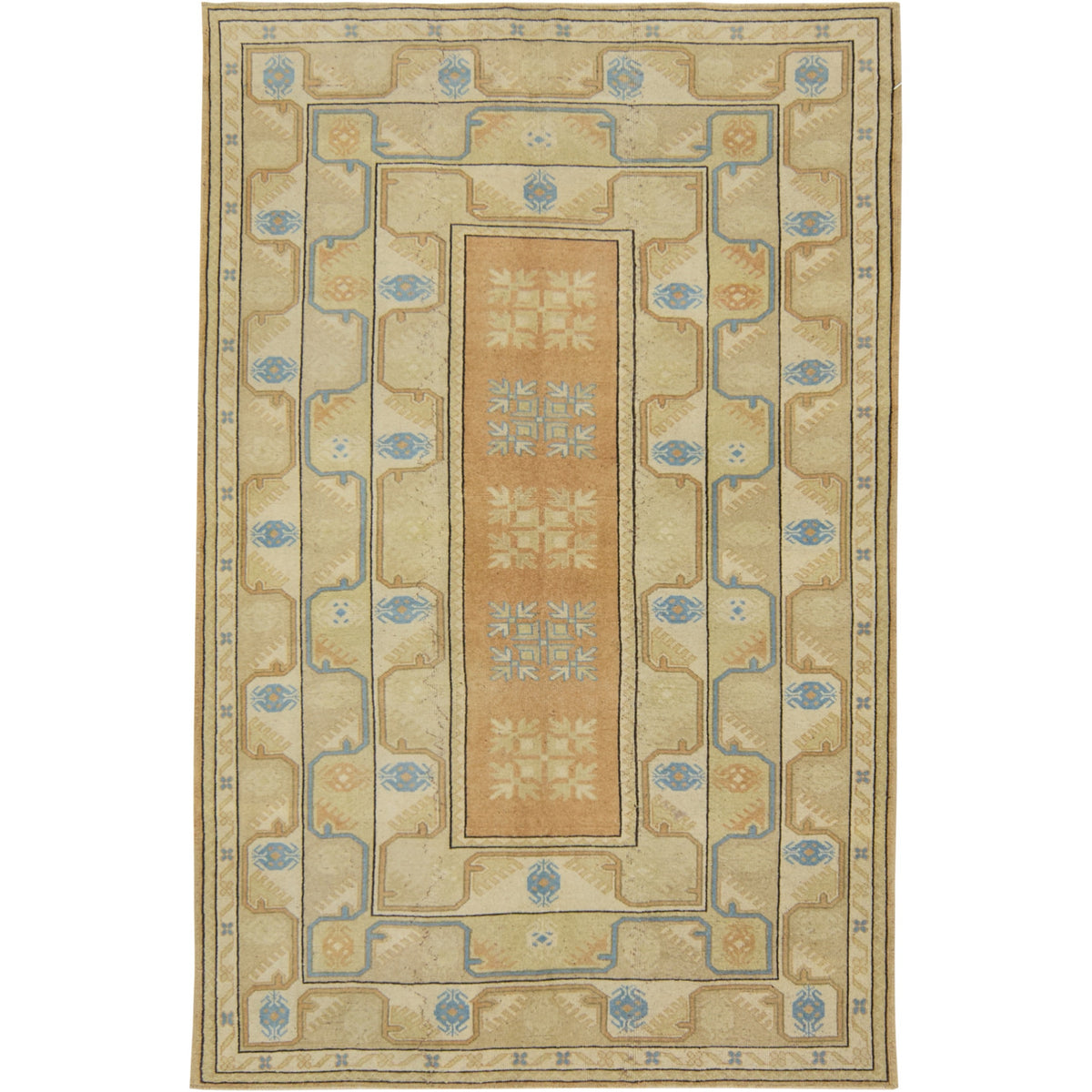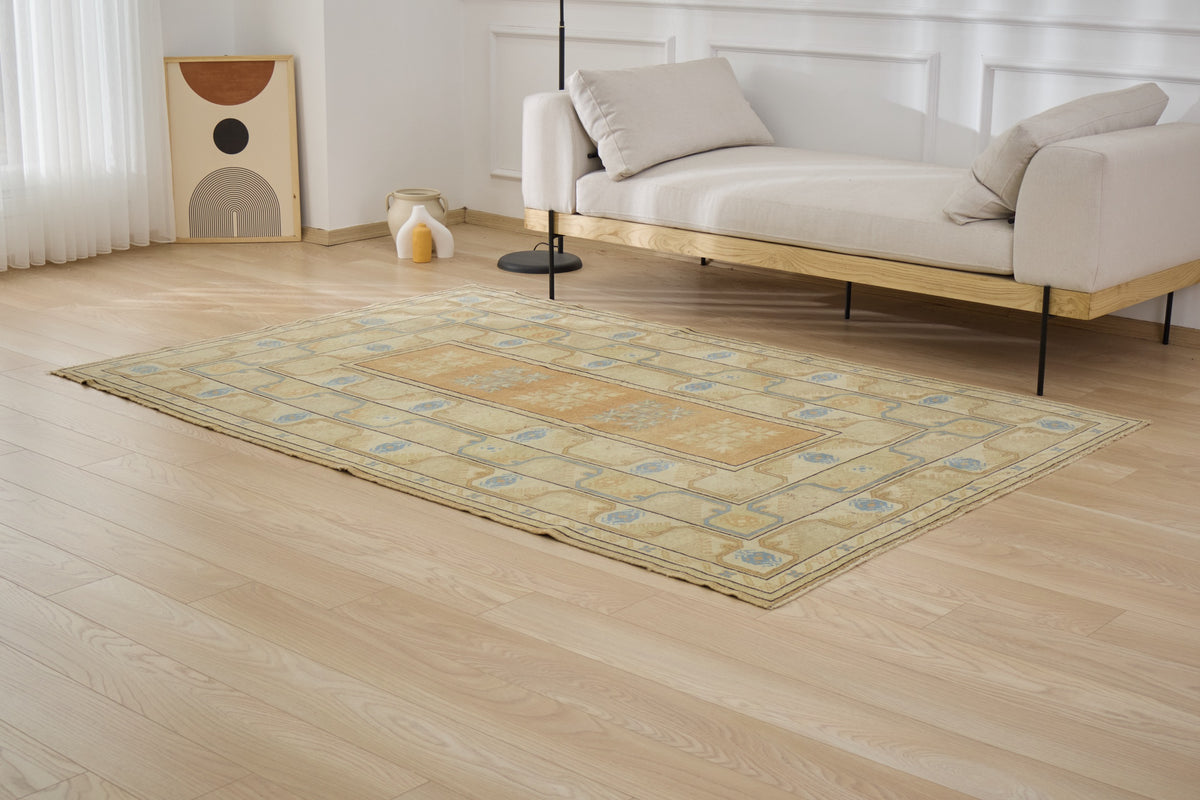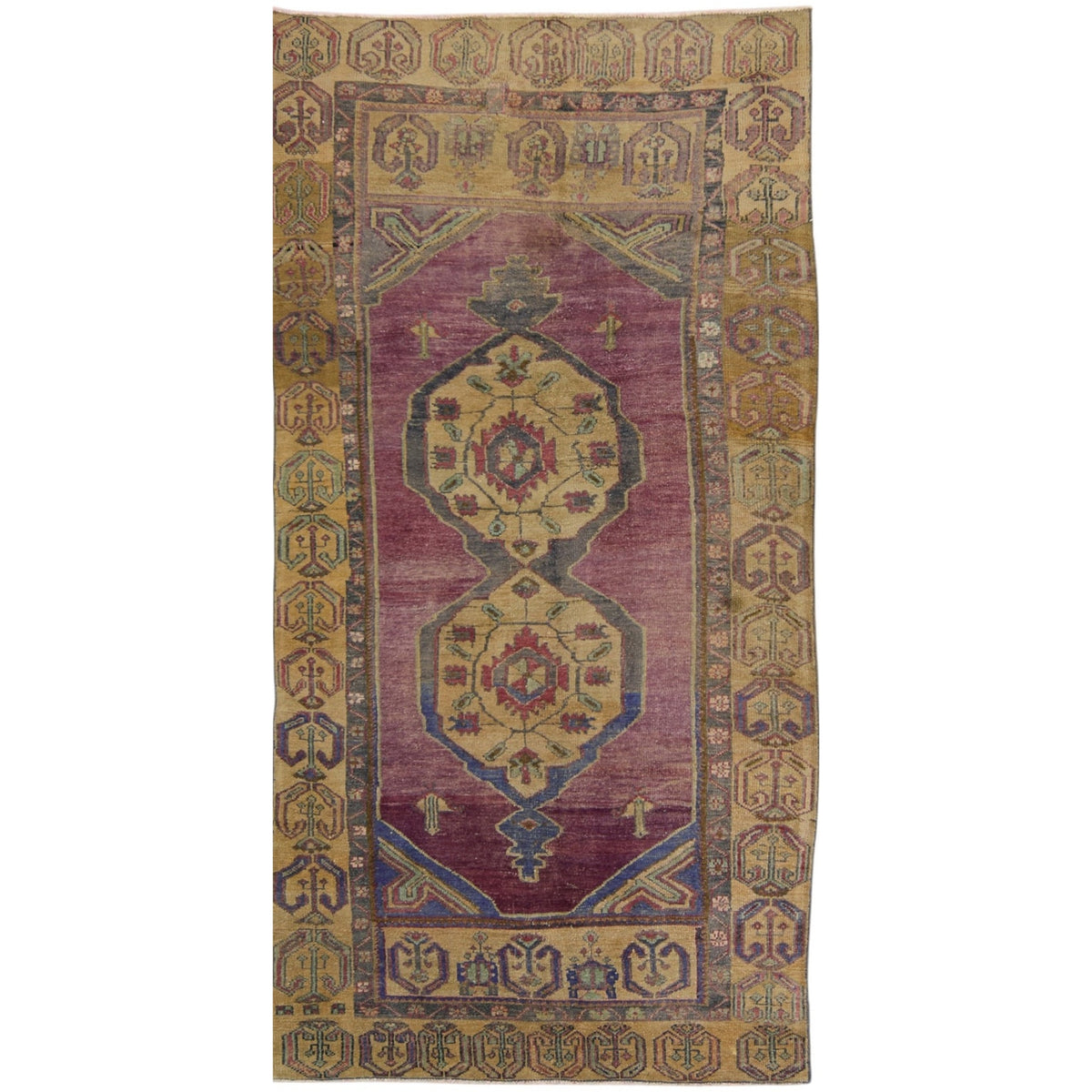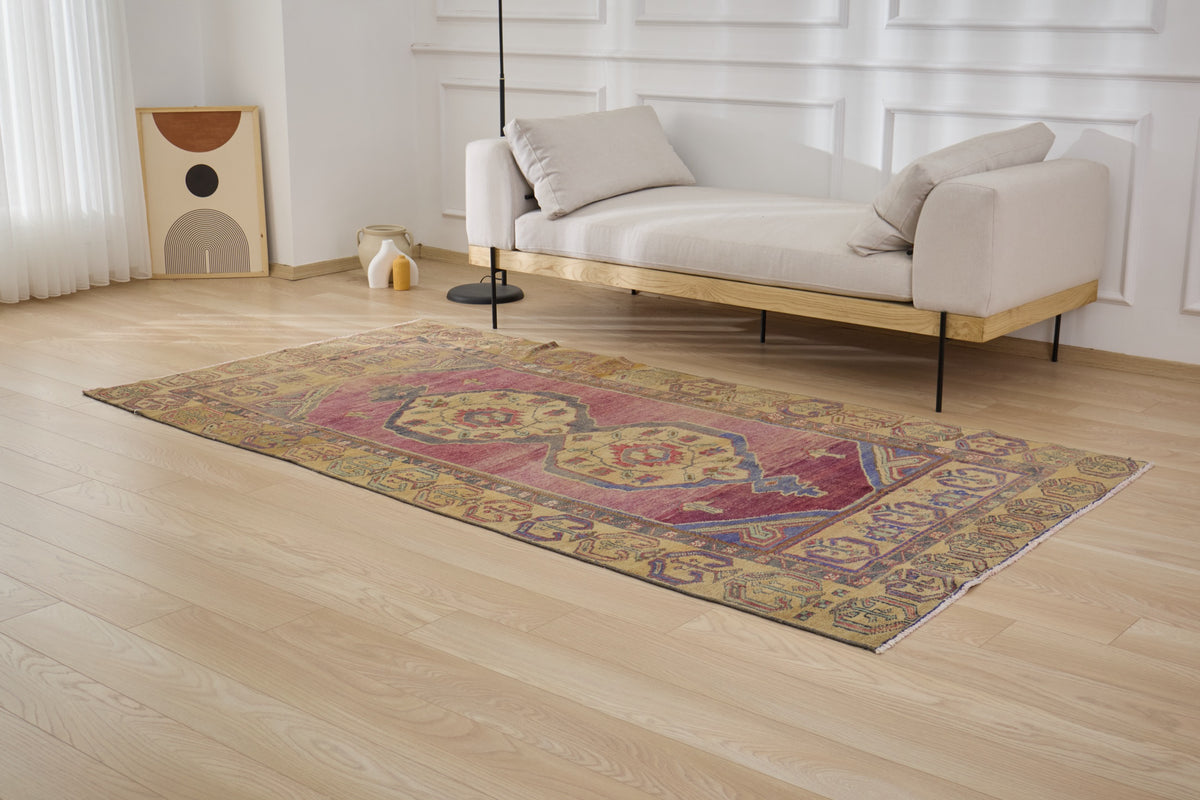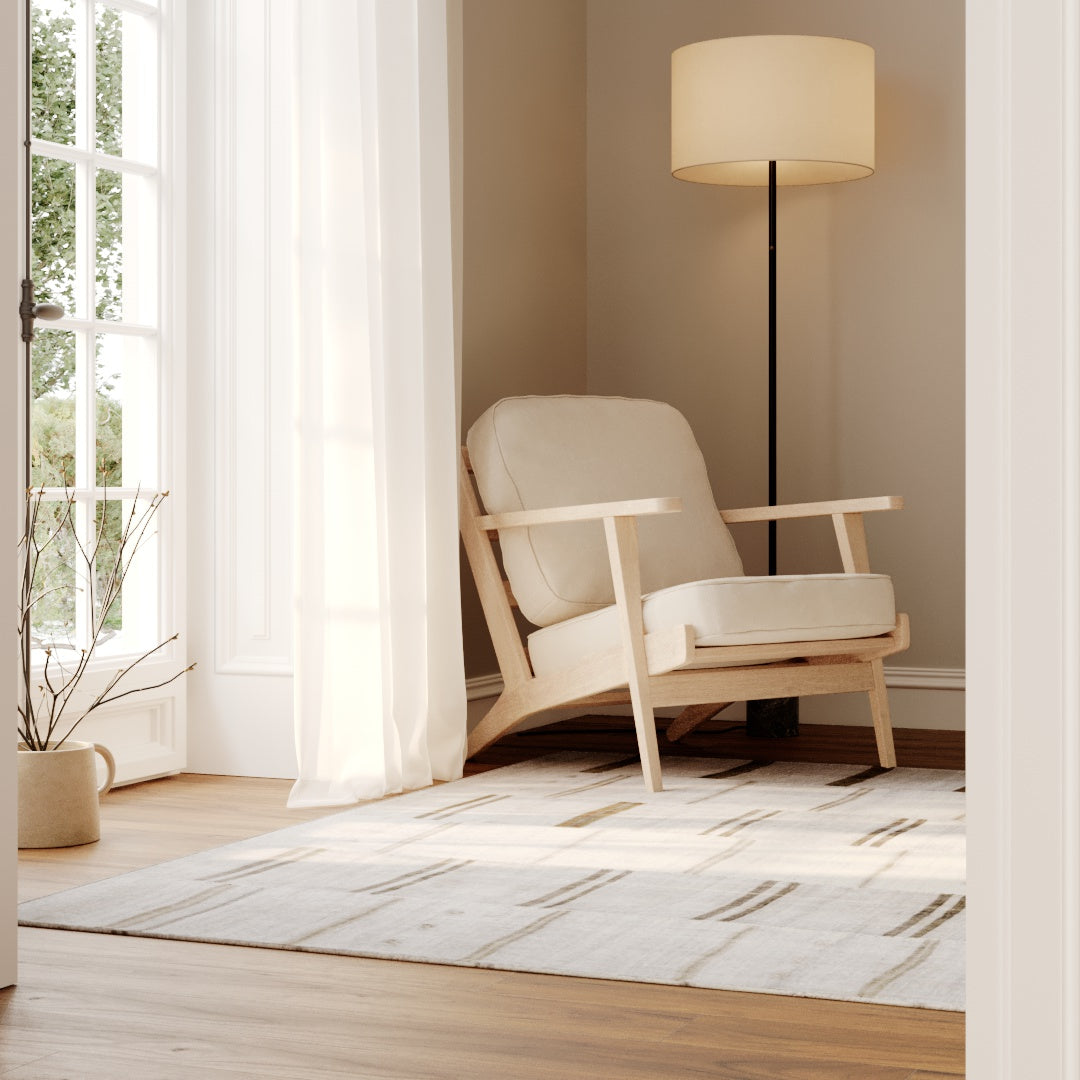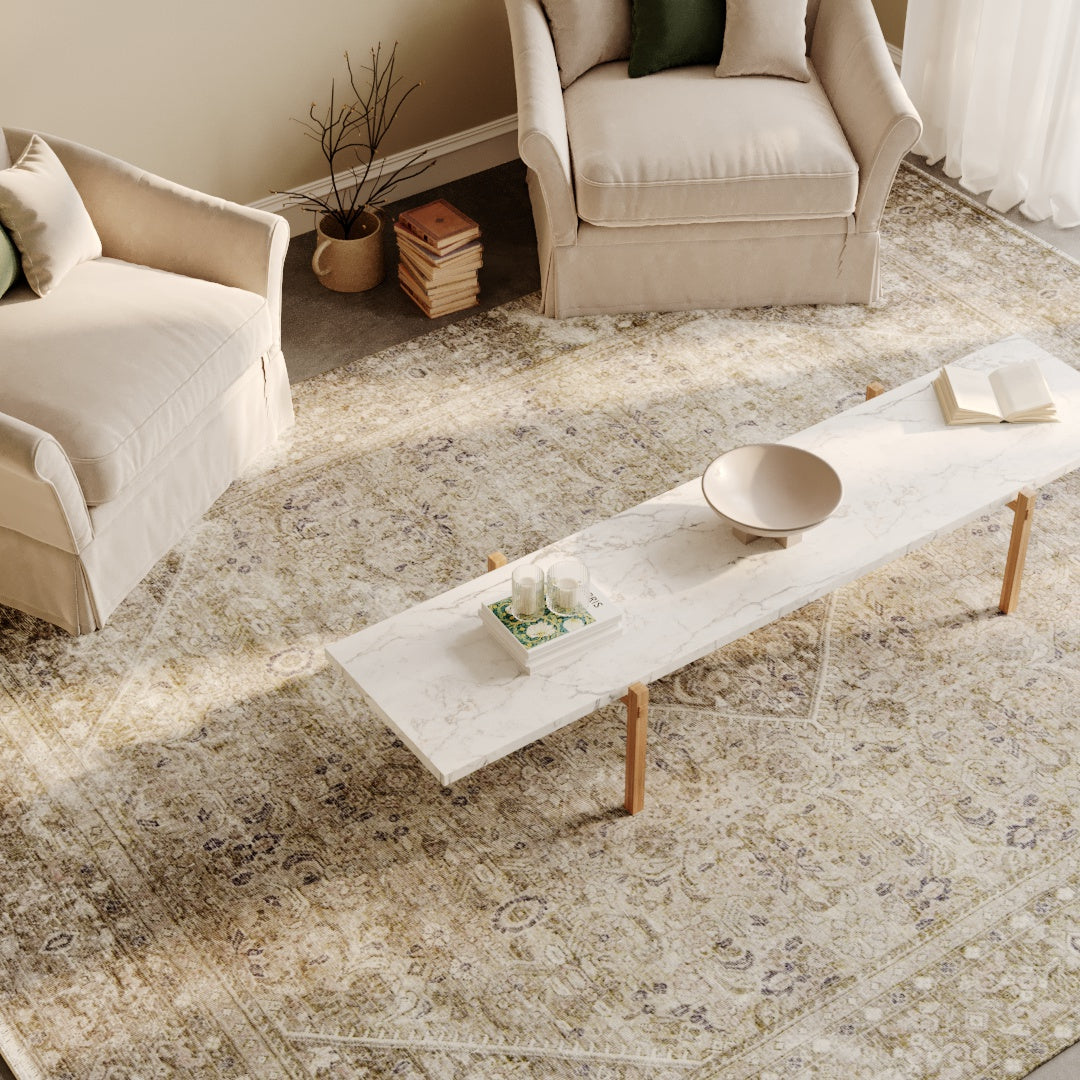For centuries, wool carpets have maintained an incomparable reputation. Their quality and durability have earned them a synonymous association with luxury.
If you're considering buying a new carpet, wool presents itself as a compelling option. In this guide, we'll take a closer look at the wool carpet pros and cons. It’ll help you decide if they're the right choice for your space.
Types of Wool Carpet
When it comes to wool carpets, there are mainly two types to choose from:
- 100% wool carpet
- 80/20 wool mix carpets
Each type has its characteristics and advantages. For instance, if you prefer premium quality, natural fibers, a 100% wool carpet would be the ideal choice for you. Conversely, if you're looking for a more budget-friendly option without sacrificing durability and flexibility, an 80/20 wool mix carpet could be a suitable alternative.

Benefits of Choosing a Wool Carpet
Regardless of the type of wool you are considering, wool carpets offer a wide range of advantages. Here, are a few pros of wool carpets:
-
Durability
Wool carpet is crafted from short lengths of wool from sheep. It is spun and warped together to form long yarn threads containing the carpet tufts.
Despite being a high-end product, the wool is not fragile.
Its resilience is constantly rated as good to excellent. When it is properly sustained, it can endure decades of wear.
The natural wool carpet's durability lies in its integral elasticity, which resists crushing. Most synthetic fibers are known to mat down over time due to foot traffic. Natural wool rebounds underfoot and maintains its original thickness over many years of use.
-
Cleanability
Wool, being a natural fiber, consists of inherent oils. These oils have a natural resistance to dirt, so they can repel other oil-based soiling. Furthermore, the opaque nature of wool makes the dirt less visible.
It offers a naturally clean appearance to your carpet. Regular vacuuming typically suffices for the maintenance of its appearance.
Moreover, the natural coating is also effective against water-based stains. Spot removal is straightforward when spills are promptly addressed. The scaly form of individual wool fibers prevents soil and dust particles from firmly attaching to the fiber.
Thereby it limits the deep penetration of dirt into the pile. a
According to a study, oil and dirt can be removed up to 25% more easily from wool in contrast to synthetic fibers.
-
Flammability
This advantage stems from wool's ability to absorb water. The moisture present within the fibers makes them highly resistant to burning. Therefore, while wool carpets may melt under extreme heat, they are particularly difficult to ignite.
Therefore, if you're seeking the ideal carpet for a room with a fireplace, wool carpeting can offer a sense of reassurance.
Surprisingly, fire resistance is a significant characteristic in considering wool carpets. It offers a higher level of safety compared to other synthetic possibilities. Wool carpets boast natural flame-retardant properties rendering them resistant to potential sources of fire.
-
Color-fastness
Wool exhibits exceptional color-fastness. It is known to maintain its original color throughout years of wear and cleaning. Its molecular structure readily accepts dye and locks it in. Therefore, wool carpeting comes in a wide array of colors and patterns with subtle shade variations.
These carpets can be matched to the aesthetic appeal of any space.
Additionally, wool's natural luster and light reflection qualities are incomparable to synthetic fibers.
Moreover, wool's superior colorfastness ensures that it resists fading over time. However, it's crucial to note that extended exposure to direct sunlight can make wool carpets vulnerable to fading due to UV rays.
Unfortunately, despite its flexibility to fade, wool carpet color can be susceptible to some chemicals present in cleaners. Using an unsuitable cleaner may compromise the color integrity of the carpet.

Disadvantages of Wool Carpet
Naturally, nothing is flawless. Here are some disadvantages to purchasing either of any type of wool carpets:
-
High Cost
Wool carpets rank among the most expensive types available due to their premium-quality fibers and exceptional durability.
While they represent a significant investment over time, their initial cost can be prohibitive for those with limited budgets.
The price of wool carpets varies based on the source of the wool. Wool is relatively inexpensive and abundant.
The elevated cost of wool carpets primarily stems from the processing and production required to create a luxurious end product. Plus, the expenses related to cleaning and maintenance over its lifespan.
However, due to the longevity of well-maintained wool carpets, the overall cost balances out considering the need for regular carpet replacements.
-
Cleaning Issues
Cleaning water-based spills on wool is relatively straightforward. Promptly rinse it with warm water and thoroughly air-dry.
However, oily or greasy spills present a more challenging cleanup task. They can potentially lead to permanent staining if not promptly addressed. While any carpet may be difficult to clean after oil spills, wool carpets are exclusively susceptible because of their absorbent nature.
To prevent permanent discoloration, it's crucial to take preventative measures such as regular cleaning and spot treatment.
Furthermore, it's essential to note that some highly alkaline detergents or household cleaners can potentially damage wool fibers. You must understand the proper method to clean a wool carpet.
-
Absorbency
Spilling a large volume of liquid on your carpet and letting it sit can pose significant challenges. Due to wool's inability to dry efficiently on its own, it is susceptible to developing Mold and mildew in excessive moisture.
Additionally, water tends to saturate wool carpets quickly. It can result in unpleasant Odors and the growth of unhealthy Mold spores.
When considering flooring options for a finished basement, wool carpet may or may not be the most suitable choice. If the basement ground experiences high humidity, wool carpet could potentially be a viable option. As it can remove humidity from the air.
Wool vs Polyester Rug
Synthetic carpets consist of materials, like nylon, polyester, or polypropylene. These materials have surged in popularity mainly because of their affordability. They often imitate the appearance of natural materials, offering a budget-friendly alternative for consumers.

However, they do not offer the same luxurious feel and longevity as wool carpets.
Wool carpets symbolize timeless elegance and boast unparalleled quality. Revered for their softness, flexibility, and natural insulation, wool carpets offer unmatched comfort. Using a wool carpet for the bedroom can help regulate indoor temperatures throughout the year.
Ultimately, when weighing the pros and cons of wool carpets, it's essential to consider your preferences and priorities.
Carefully assess your requirements and discover the available options. By doing so, you can make an informed decision that enhances the comfort, aesthetics, and functionality of a room. Whether you prefer premium quality, affordability, or a balance of both, wool carpets offer a versatile flooring solution.

